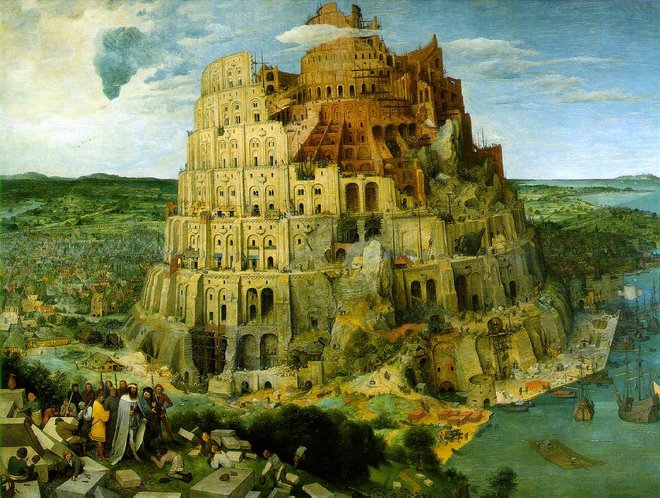 «Thierry Robin, known as “Titi”, the self-taught musician born at the end of the fifties in western France, has created a musical world for himself instinctively assimilating elements in response to his need to express himself. The two worlds in which he has navigated daily and that have both directly and deeply influenced him are the gipsy and oriental cultures.
«Thierry Robin, known as “Titi”, the self-taught musician born at the end of the fifties in western France, has created a musical world for himself instinctively assimilating elements in response to his need to express himself. The two worlds in which he has navigated daily and that have both directly and deeply influenced him are the gipsy and oriental cultures.Before the World Music trend was born, these communities were open and encouraging to him while French mainstream music struggled with his approach. Arab and gipsy community celebrations provided him with the opportunity to test his original musical sound against these rich traditions from which he took his inspiration while never imitating them, obstinately looking for the best way in which to express himself as a contemporary artist. The musicians accompanying him were almost all from these minority groups. The two artists of major importance to him were the flamenco cantaor Camaron de la Isla and the Iraqi master oud player Munir Bachir.
At the beginning of the eighties he began to compose in an extremely personal style that has stayed with him since. In 1984 he produced himself (playing the guitar, the oud and the bouzouki) in a duet with Hameed Khan, the Indian tablas player from Jaipur, performing both on stage and in local festivities, clubs and oriental restaurants. His repertory (instrumental) grew little by little, just as the foundations of his improvisational style. […]While working on the instrumental duo with Hameed Khan, mixing melodic improvisations and light-hearted rhythmical duels, Thierry Robin met the Breton singer Erik Marchand, a representative of what he considered to be the richest folk and traditional culture to be found near his region of birth. Together they would develop a repertory of compositions using quarter tone modes and the marriage of the Taqsîm style of oriental modal improvisation and the Gwerz, the very ancient monophonic lament that the singer is one of the few to preserve alongside Yann Fanch Kemener. Ocora Radio-France sent them into the recording studio: An Henchou Treuz (1990) was awarded the Charles Cros Academy Grand Prize. It was the beginning of the meeting of two duos that would turn into the “Erik Marchand Trio”, for which Thierry Robin composes and arranges the best part of its repertory. […]
With this group, Titi Robin had become known above all as an oud player. Gitans, released in January 1993, would better define the musician’s world, introducing the bouzouki and guitar player. It is a homage by the artist to the gipsy community that taught him so much. […] In 2000 “Un ciel de Cuivre” was released, an album that Titi Robin believes best represents his musical universe in all its diversity. Fifteen guest musicians include Farid “Roberto” Saadna, Gulabi Sapera, Keyvan Chemirani, François Laizeau, Renaud Pion, Negrito Trasante, Francis-Alfred Moerman,… Speaking of this album, Titi Robin said : “This new record is not performed by a precise orchestra, unlike Payo Michto or Kali Gadji, that precede it. It bears witness to the diversity of my influences and, I hope, to the coherency of my aesthetic universe. Gipsy cultures, both Mediterranean and Balkan, are still very present, but this is above all a personal vision of the world that I want to express through these musical marriages that make up my everyday life. This album, just like the record Gitans released in 1993, is a voyage, each melody has a particular flavour, each rhythm a story, the geography of its cultural origins is a mirror image of the traveller’s inner landscape. There are intimist melodies and festive rumbas, grief-stricken chants and a gipsy lullaby, highly-orchestrated dance music and calm trios, snowy mountains and sunny shores, blood, spices and honey, and many other things that you may discover before I do…”.» (Read more –Français)
Link in comments







9 comments:
http://sharebee.com/a2bc0491
Thanks a lot, muchas gracias, muito obrigado...+ Thierry Robin !!
gracias,muchas
Radu, obrigado.
abraço
Merci beaucoup !
Thanks a lot!
thanks a lot!
for another great album from this great artist just visit my blog:
http://melomanoamable.blogspot.com/2008/09/thierry-titi-robin-payo-mitcho.html
for enjoying many styles of music as well!
naistuke radu!!!!!!
To my mind everyone may read it.
Post a Comment